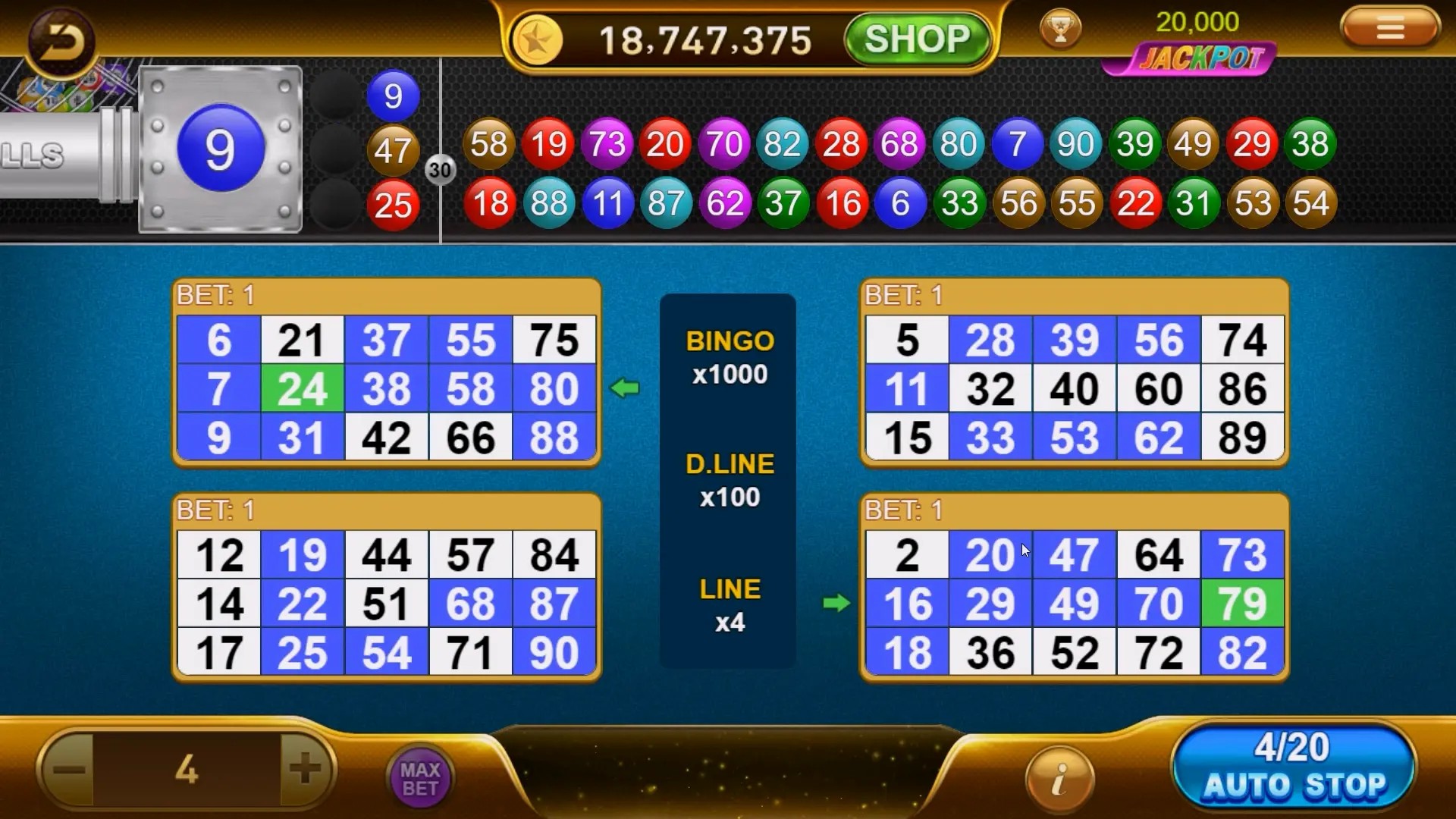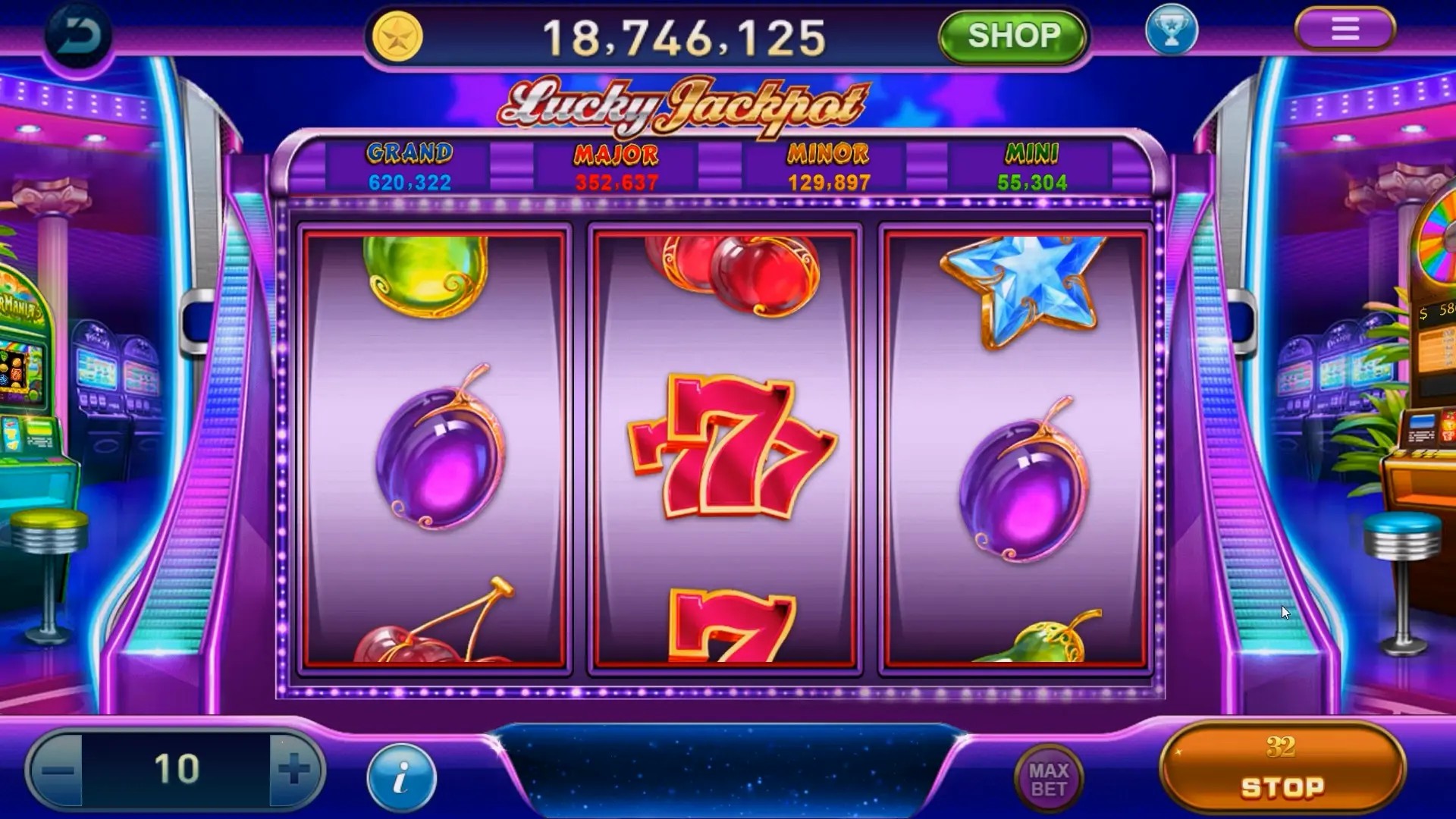Unlocking Learning: How Educational Games Revolutionize the Classroom Experience
In the ever-evolving world of education, traditional teaching methods sometimes clash with the needs of today's tech-savvy students. This is where educational games step in, transforming the way knowledge is imparted and absorbed. Educational games aren't just for entertainment; they are potent tools that can make learning engaging and interactive. But how exactly do they do this? Let’s embark on this exciting exploration!
The Power of Play: Why Educational Games Matter
First off, let’s discuss what makes educational games so special. They grab attention, promote participation, and enhance retention. Unlike conventional learning, which can often feel like a chore, educational games import a sense of adventure and competition into the classroom. When students play, they connect with the material in a way that a textbook simply can't provide. Here are some key benefits:
- Engagement: Games captivate learners, fostering enthusiasm.
- Collaboration: Many games encourage teamwork, helping to build social skills.
- Instant Feedback: Players receive real-time feedback, allowing them to understand mistakes and learn from them.
- Diversified Learning Styles: They cater to visual, auditory, and kinesthetic learners alike.
Transforming the Classroom: Educational Games in Action
Imagine a classroom where students are actively engaged in a Clash of Clans attack strategy guide. They learn critical thinking as they devise strategies to overcome opponents while practicing mathematics and resource management. But that's just one example! Let’s take a look at the various genres of educational games being utilized:
| Game Type | Learning Focus | Age Group |
|---|---|---|
| Simulation Games | Real-world applications (e.g. city building) | Middle School - High School |
| Puzzle Games | Critical thinking and problem-solving | Elementary - High School |
| Action Games | Quick decision-making and reflexes | All Ages |
| Role-Playing Games (RPGs) | Geography and history exploration | Middle School - High School |
Real-World Examples of Gamification in Education
Applications of educational games in classrooms are diverse and widespread! Here are a couple of standout examples:
- Kahoot! - A game-based learning platform used for quizzes that is engaging students from different backgrounds.
- Minecraft: Education Edition - Perfect for fostering creativity and collaboration among students while teaching various subjects.
These platforms not only make learning fun but ignite a sense of community and cooperation among students. With the potential for both individual and group challenges, educational games help students learn from one another and build important social connections.
Conclusion: Embrace the Game-Changer in Education
In conclusion, educational games are not just a passing trend; they are a revolutionary approach to learning. With increasing adoption in classrooms, teachers and students alike are reaping the benefits. These games have the power to make complex ideas simple, learning enjoyable, and offer a sense of accomplishment that is often missing in traditional education settings.
So, let’s embrace the game-changer in education! After all, who wouldn’t want to learn while having fun? Let's get gaming in the classroom!



